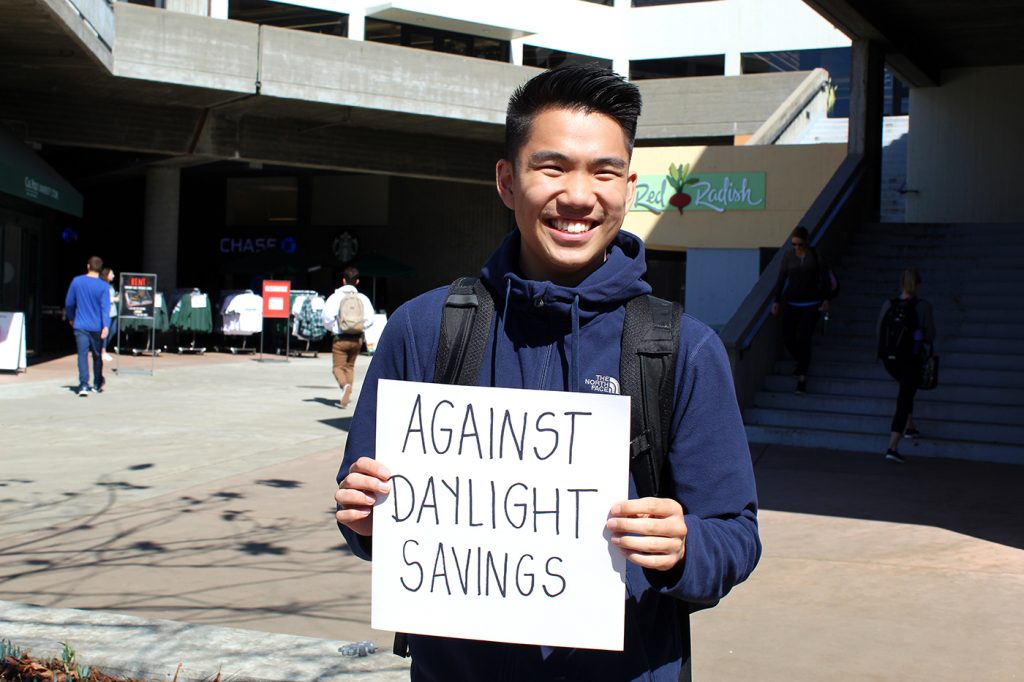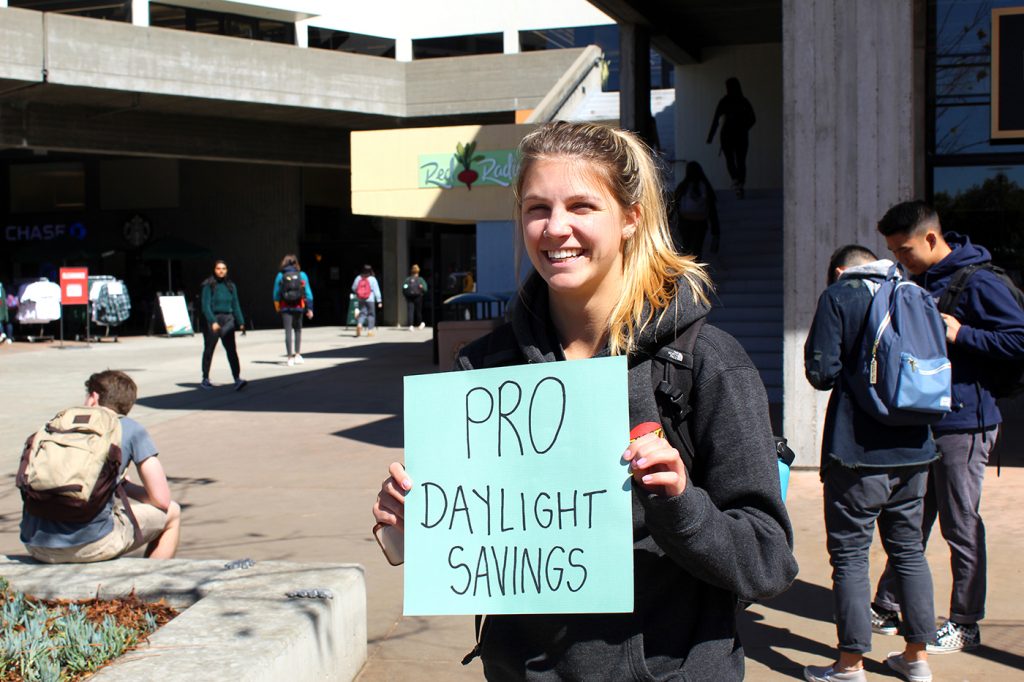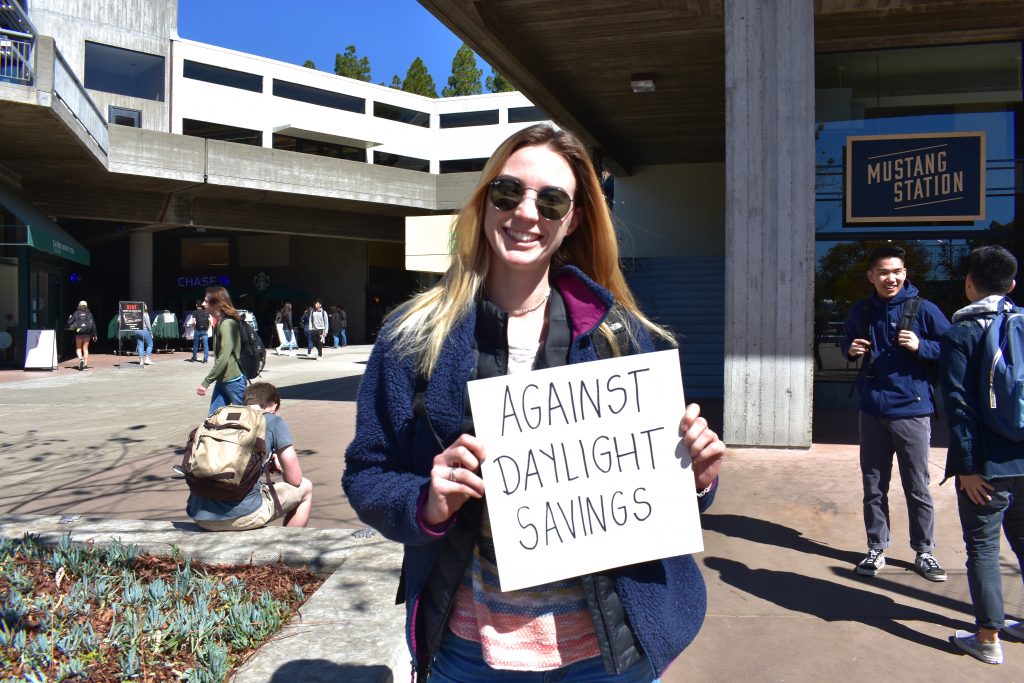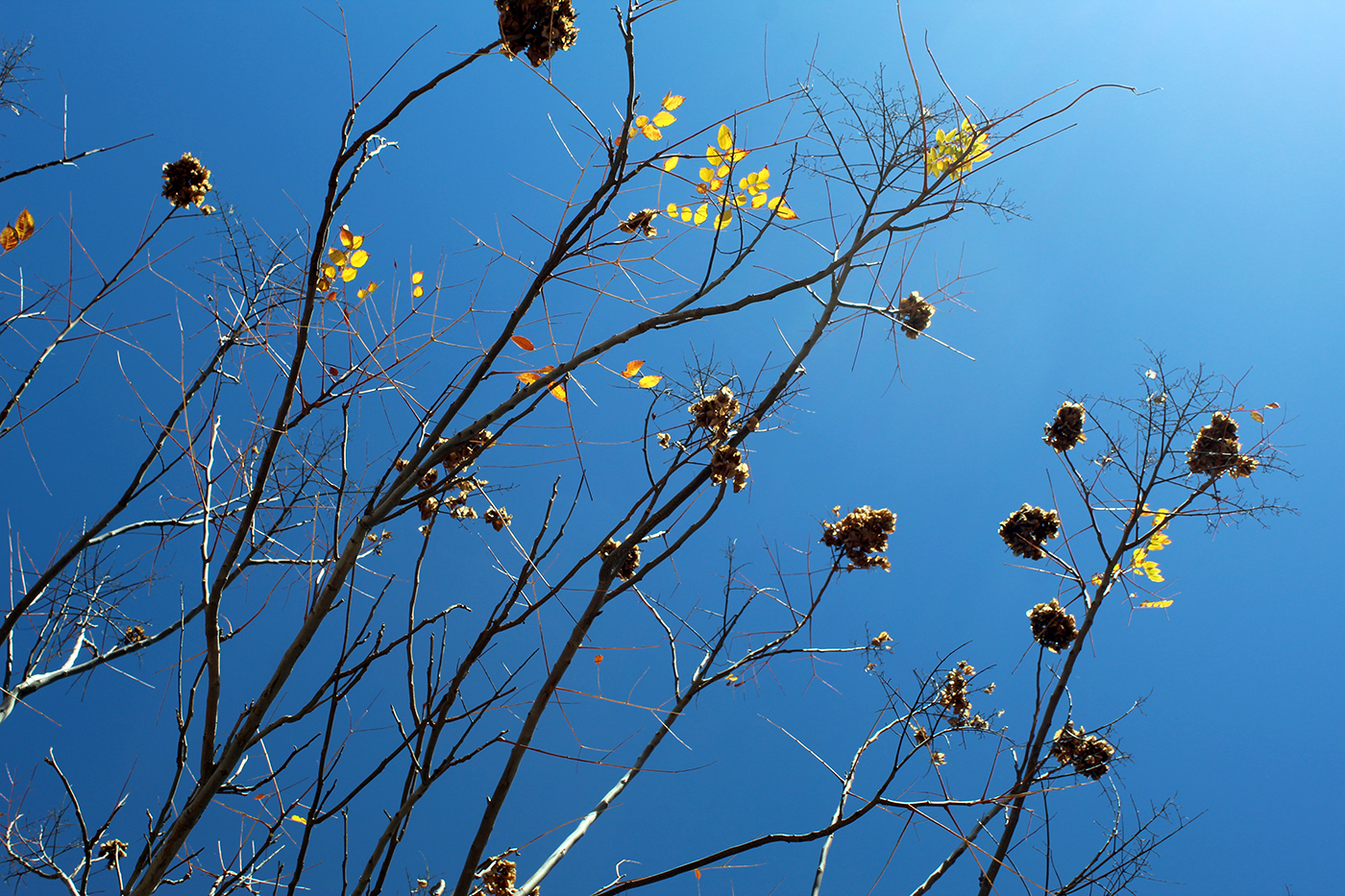The clock changes to 1:59 a.m., seconds pass, and then, as if by magic, springs instantly to 3 a.m. In the morning, when the country rises, something feels just slightly off.
Since daylight saving time was first passed into law in 1966, that change of the clock has meant an hour less sleep and the start of later sunsets, but this could be our last spring forward.
Senator Marco Rubio of Florida reintroduced the Sunshine Protection Act on March 6. If passed, it would lead to a year-round daylight saving time. No more resetting clocks, adjusting schedules or “falling back.”
“With the vast majority of Americans participating in DST for eight months out of the year, it has become clear this antiquated practice no longer serves any purpose,” Rubio said in a press release.
It’s the latest challenge in a series of efforts in the House of Representatives and the Senate to dismantle this outdated system. Some states are moving to join Arizona and Hawaii in opting out.

California is not far behind. In November, voters overwhelmingly passed Proposition 7, opening the door for a possible future of year-round daylight saving time.
“We are not at all alone in reconsidering this practice,” Assembly member Chu of San Jose said in a press release. “At least 28 states have introduced related legislation this year, putting pressure on the federal government to act. The time is now.”
Chu introduced Assembly Bill 7 to eliminate the biannual clock switching in California.
The bill must receive a two-thirds vote of approval by the state legislature, a signature by the governor and approval by the federal government in order to make year-round daylight saving a reality for California.
Currently, the bill is still under review and awaiting an official hearing date.

Controversy on whether Americans should continue changing their clocks stems from a few issues, including possible health implications and the overall nuisance of adjusting one’s schedule twice a year.
Hospitals see a 24 percent increase in heart attacks on the Monday after our clocks spring forward, according to a Open Heart study. Rates typically return to normal the following day.
The impacts of a reduction in sleep on health are substantial, according to Aaron Baker, medical director of Cal Poly Campus Health and Wellbeing.
“Decreased sleep increases risk of injury and can result in poor physical, emotional and intellectual performance,” Baker wrote in an email to Mustang News.
Daylight saving is comparable to jet lag in a way because of how it impacts our circadian rhythms, according to Kelly Bennion, Assistant Professor in the Department of Psychology and Child Development at Cal Poly. “It takes about a week to recover from even just one hour of sleep loss,” Bennion said.

Some students are not fully aware of the impacts a change in their sleep schedule can have.
“There is this misconception I think among many Cal Poly students that if they lose sleep during the week, they can just just catch up during the weekend, which just really is not the case,” Bennion said.
Students feel the stress of even one hour of less sleep here at Cal Poly.
However, some students favor ditching the old system in order to keep daylight saving time year-round.
“I like that we lost an hour,” liberal studies senior Mia Doran said. “I like that the sun is out longer now. It seems that there is more time in the day to go outside and enjoy.”
Proponents of sticking with daylight saving time cite not only the possible negative health implications of the old system, but potential increased workplace injuries, electricity expenditure and deadly traffic accidents related to switching the clock twice a year.
With many still divided on the issue, only time will tell if California can say goodbye to resetting it’s clocks for good.
Hayley Pryde, Melissa Eisele and Kenzie Nicoli also contributed to this story.

